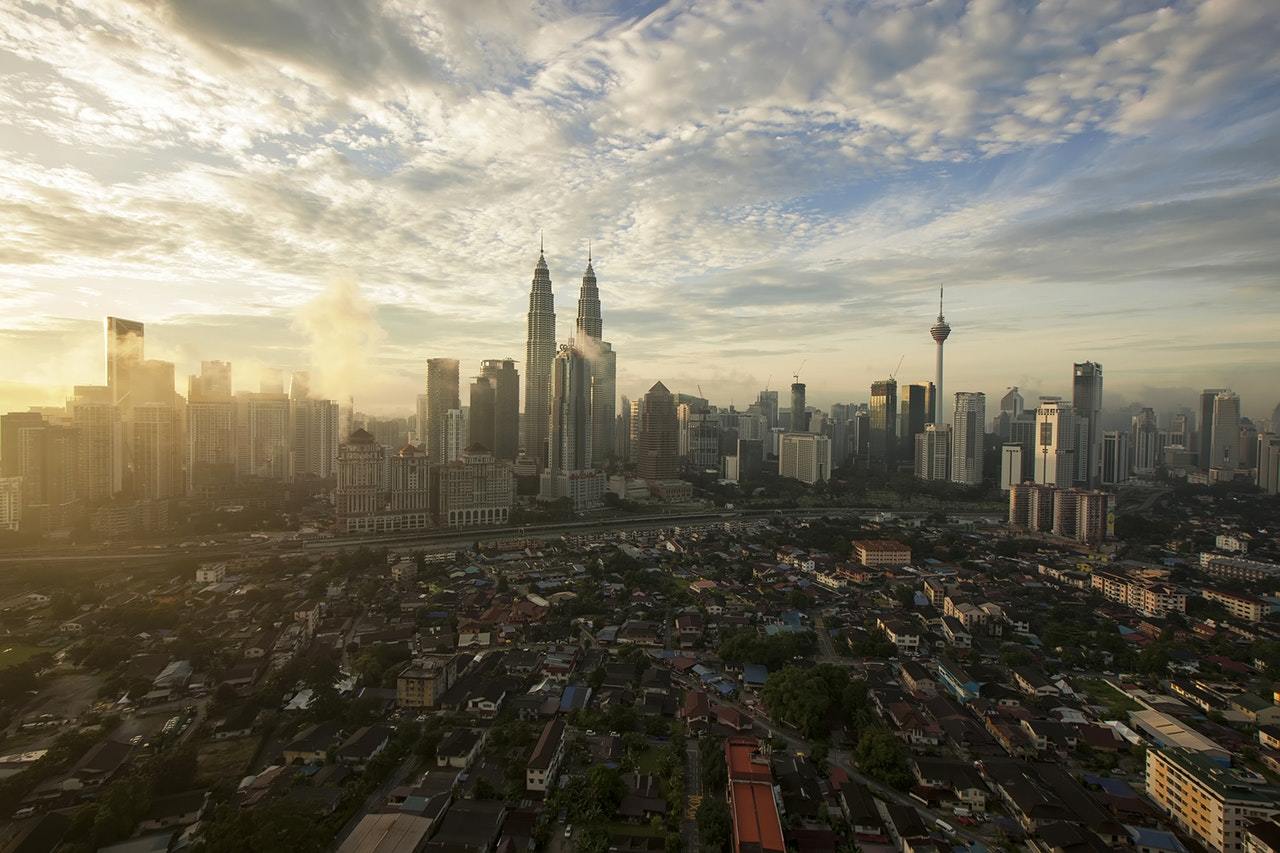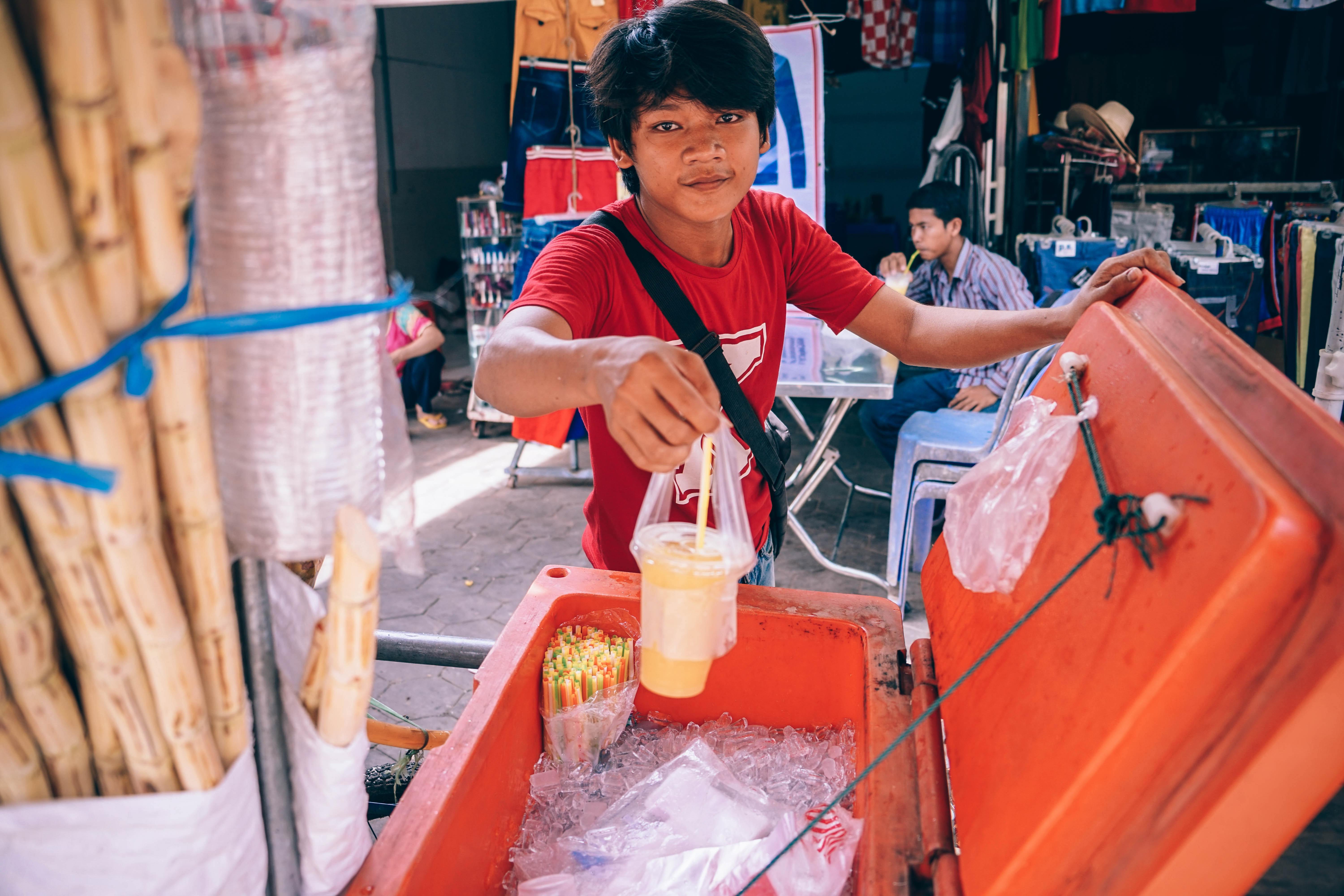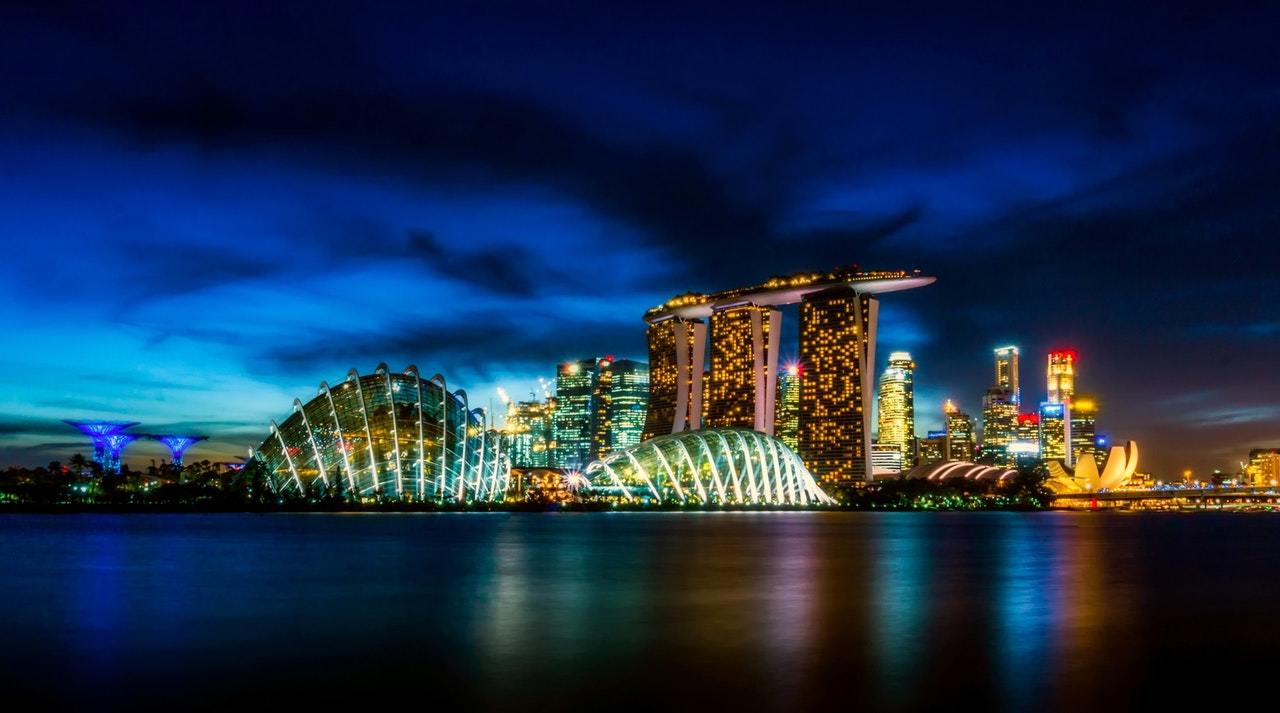As for marketing, ASEAN region still remains as one of the most remarkably flexible, despite a blowout of sluggish prospects in many industrialised economies and a slowing Chinese economy. Though there are challenges to the retail sector which is mainly due to customer loss of confidence in the company and operating costs plus number of tourists visiting all as some of the reason but there region offers compelling growth opportunities anchored by rising domestic demand and fast-growing incomes.
The expansion of the market is highly being driven by the strong fundamentals of the ASEAN market including which is a young and fast-growing population, emerging middle-class consumers, and strong GDP growth in each individual member country. Other factors that are stimulating the retail sector include falling unemployment numbers amid a tight labour market and increasing urbanisation. Employment growth clearly adds to a country’s consumption ability, while urbanisation prompts demand for the development of organised retail outlets.
Among the major ASEAN economies, Indonesia and Malaysia appear to be in a strong position to have a booming retail sector. The four ASEAN biggest retail market nations in the region are Singapore, Indonesia, Malaysia and Thailand. The economies in the region are at significantly different stages of development, with all offering unique opportunities for retail investment. All the countries in the region are in the rapid urbanisation phase where the infrastructure is improving with relatively young populations. Most of the government in the countries are making retail friendly policies to drive the retail growth. Singapore for example, represents a mature retail market with the presence of a high number of international retailers.
Fun facts about ASEAN market:
- Retail sales in Thailand, Singapore, Malaysia, and Indonesia is estimated to grow by an average rate growth of 6%. (The Edge Market, 2018)
- For the same four countries mentioned above, domestic consumption is expected to increase to 75% of GDP by 2025. (WorldBank,2016)
- Singapore, Malaysia, Thailand and Indonesia’s GDP per capita figures are expected to achieve compound annual growth rates (CAGRs) of 5.4%, 9.8%, 5.0%, and 5.0%. (IMF,2018)
- Countries such as Vietnam, Laos, Myanmar and Cambodia have the lowest labor cost (Canasean, 2016)
What Makes ASEAN the best marketing hub?

1.ASEAN is a powerhouse of economic power
If ASEAN was a country on its own , it would already be the seventh-largest economy in the world, with a combined GDP of $2.57 trillion in 2017 . It is predicted to rank as the fourth-largest economy in the world market by 2050. What makes it the powerhouse though is definitely the labor-force expansion and productivity improvements. It is home to more than 600 million people, it has a larger population than the European Union (EU) and the United States of America (USA). Another advantage of the ASEAN region is its youthful population which makes it the best spot for your retail brand
2. ASEAN is not a monolithic market therefore one strategy doesn’t fit all
Monolithic mean big and one however ASEAN is very diverse. Each country is different and each market is needs different strategy. For example, the GDP per capita in Singapore is more than 30 times higher than in Laos and more than 50 times higher than in Cambodia and Myanmar. While Malaysia and Thailand are seeing positive growth in the retail market, Indonesia and Brunei are falling. For a fact, the standard deviation in average incomes among ASEAN countries is more than seven times that of EU member states. That diversity extends more than just economic. The cultural, language, and religion difference should all be taken in consideration before diving in the ASEAN market. Indonesia, for example, is almost 90 percent Muslim, while the Philippines is more than 80 percent Roman Catholic, and Thailand is more than 95 percent Buddhist. To come up with one for all strategy will not work in the ASEAN Market. Although ASEAN is becoming more integrated, investors should be aware of local preferences and cultural sensitivities; they cannot rely on a one-size-fits-all strategy across such widely varying markets.

3. ASEAN is highly E-commerce consumer driven
Believe it or not, ASEAN has outpaced the rest of the world on growth in GDP per capita even since the late 70s. The income growth in most of the countries has remained strong and stable since 2000 . In 2000, 14 percent of the region’s population was below the international poverty line of $1.25 a day but by 2013, that share had fallen to just 3 percent. More than half of the population are part of the working class, with incomes exceeding poverty rate. According to the World Bank report, that number could almost double to 125 millions by 2025. This make ASEAN crowd a pivotal consumer of the future. Though people thinks the consumer are all single minded but make the words there is no typical ASEAN consumer, though there is a growing preference for modern retail formats, and increment in brand awareness which is largely due to its young demographics.

4. ASEAN is home to many globally competitive companies
ASEAN includes 227 of the world’s companies with more than $1 billion in revenues, or 3 percent of the world’s total income. Singapore is a standout in the region , ranking fifth in the world for corporate-headquarters density and first for foreign subsidiaries.Consistent with this growth, foreign direct investment in ASEAN has boomed, surpassing the levels of EU. In fact, the ASEAN nations like Indonesia, Malaysia, the Philippines, Singapore, and Thailand attracts more foreign direct investment than China and India. In addition to attracting multinationals, ASEAN has become a launching pad for new companies; the region now accounts for 38 percent of Asia’s market for initial public offerings.
5 ASEAN is united hence easier to penetrate through the market
Despite their distinct cultures, histories, and languages, the ten member states of ASEAN share a common goal. It focuses on prosperity and development as a whole rather than just one nations. Which means investing in one country gives you a easy flow lead into another member state. Household purchasing power is rising, transforming the region into the next frontier of consumer growth. ASEAN’s goal of becoming globally competitive in a wide range of industries an opportunity to create a seamless regional market and production base. If its implementation is successful, ASEAN could prove to be a case in which the whole actually does exceed the sum of its parts.
In conclusion, the urbanization and consumer growth in ASEAN’s cities are booming. With 22 percent of ASEAN’s population living the in metropolitan cities ASEAN consumers are increasingly moving online, with a heavy mobile penetration and Internet penetration across the region. Its member states combined makes up the world’s second-largest community of Facebook users, behind only USA. All these, makes ASEAN the hub for retail venture.

